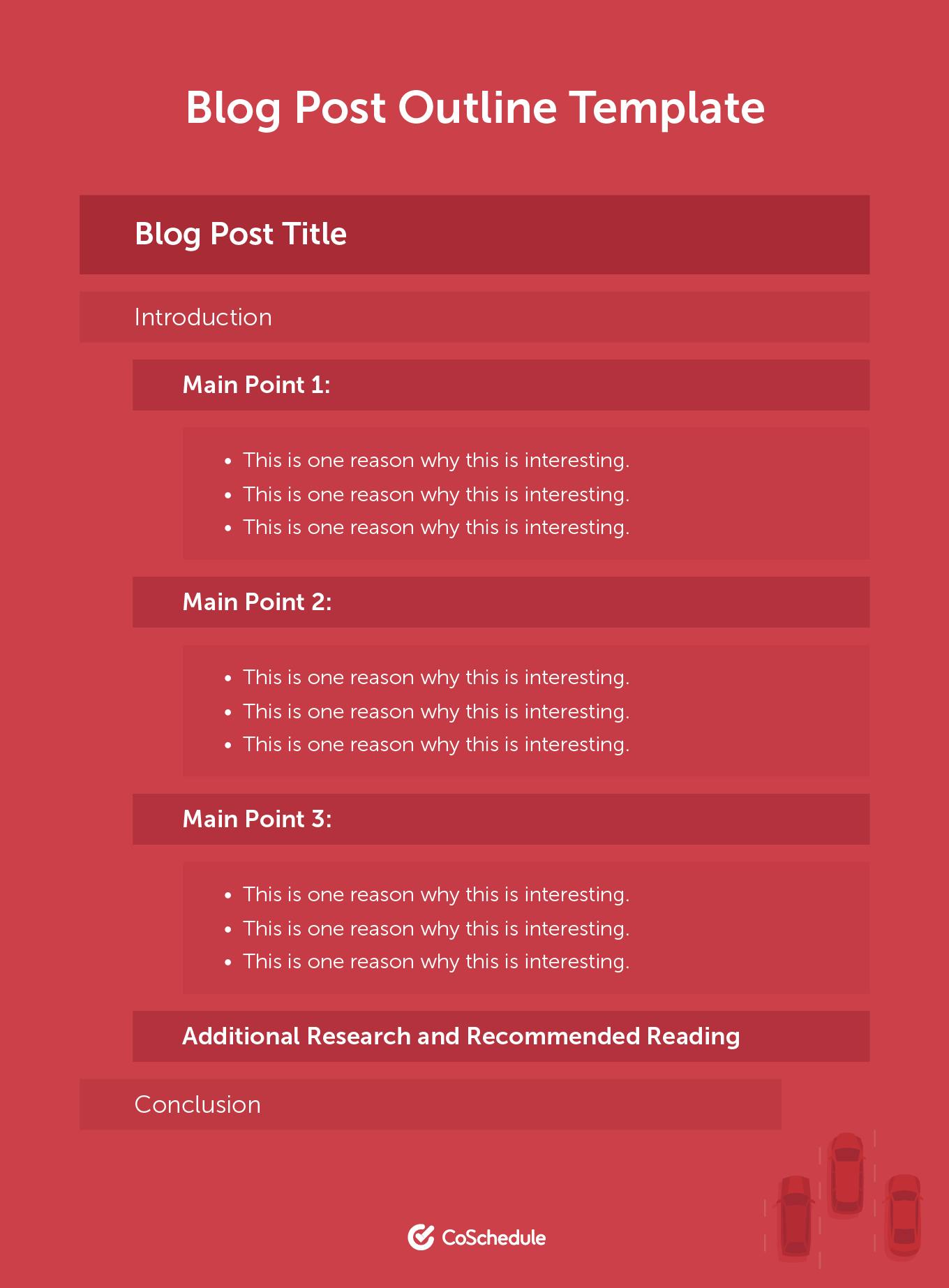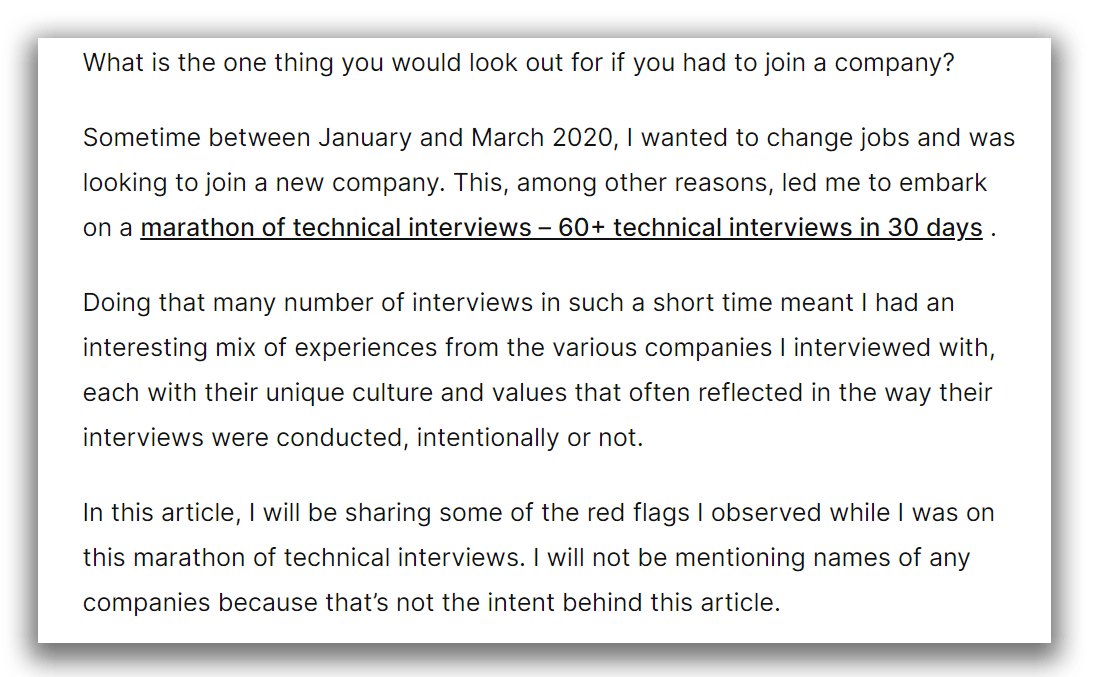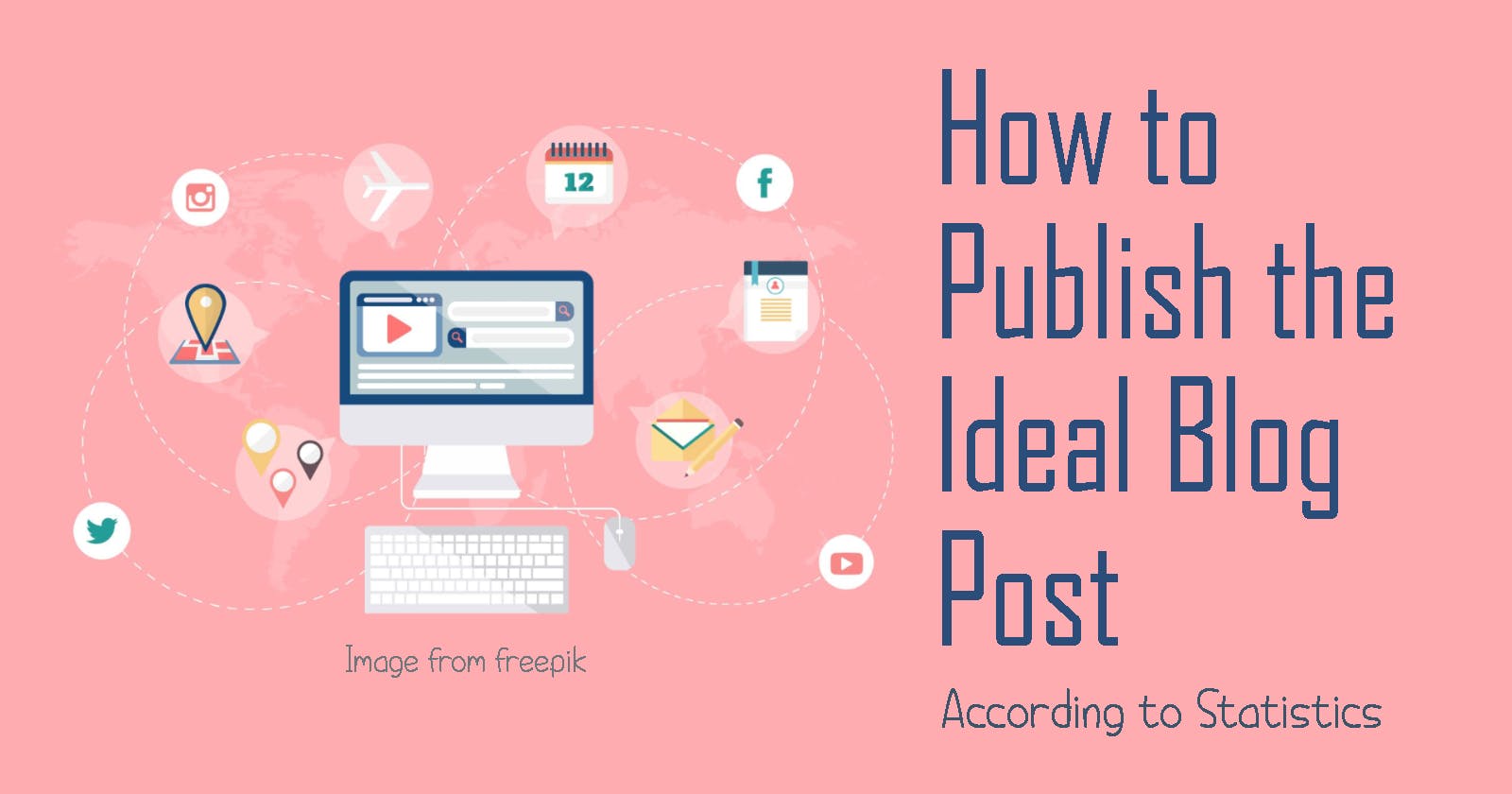How To Publish The Ideal Blog Post
Here are the characteristics of an ideal blog post!
Welcome back to another Blogging Tips Series article! In this article, let's discuss what makes a great and engaging blog post.
1. Trending Topics
A great blog post starts with an interesting topic. Within your target niche, find out what is trending and what your community is talking about recently. Search the hottest keywords and topics in your social media platforms and get inspiration from there.
Here are some articles to inspire you to brainstorm blogging ideas:
2. Clear Outline and Headers
Surveys have shown that 35% of people often skim a blog post before actually reading them. The quality of a great blog is characterized by clear outlines and headers. Use them wisely to give your article more organization and structure; so that anyone who skimmed through your article may stop and read when an interesting header grabs their attention.
A typical format of a good blog post may look like:
 Source: coschedule.com
Source: coschedule.com
3. Attention-Grabbing Headline
Without a doubt, a great headline will invite more clicks, reads and shares. Here are some well-known statistics on headlines:
- Headlines Between 6-8 Words Can Increase Your CTR (Click-Through Rate) by 21%
- 36% of Readers Like to Read List-Based Headlines
- 17% of Readers Prefer How-To Headlines
An ideal headline is one that can accurately communicate the objective and purpose of the article. The expectations on your article depends on your headline. If your headline is catchy like "How to become an amazing developer" but your article barely provides any value about the topic, then readers will ultimately be disappointed. In short, a headline should not be treated as a clickbait. It should genuinely deliver readers' expectations.
Do not overuse "Top ..." in list-based headlines. People will eventually grow tired of reading articles with headlines like "Top 5 Things to Learn in React" or "Top 5 Free CSS Templates". Try to be more creative in making headlines for list articles. For example, "5 Things to Unlearn in React" is an interesting title because instead of the typical expectation that an article will teach you something, it is saying to unlearn, which will pique curiosity in most people.
4. Solves a Problem
A technical blog post should be written to solve a problem. In the introduction or opening paragraph, a good blog post will outline the problem and explain how reading the article can solve the problem.
An introduction does not have to be too long or fancy. It just needs to present a problem in a concise and relatable manner for the readers to be engaged from the start. Then the rest of the article should deliver on the promise to solve this problem for the reader.
This article by Uduak Obong-Eren has one of the most amazing, relatable and engaging introduction that I read recently.

I love how he starts off with a question as a way to present the problem to the readers. Then he went on to describe his personal story and outline the problem in a very engaging way. Finally, he stated the goal of the article and his solution to the problem presented. A perfect introduction indeed.
5. Paragraphs
Each paragraph should contain a single idea or point you want to make. No more, no less.
Putting so many ideas and irrelevant sentences into an entire paragraph will not only make the lower the perceived quality of your article, but also lesser reads. Who can read a 1500-word article that only has 2-3 paragraphs? It's disorienting and difficult to focus.
In some cases, you can even isolate one sentence to make it really stand out.
Like a punch line.
See what I did there? Also, use font styles such as bold or italic sparingly. They should be used to emphasize certain points and to direct attention towards those points.
6. Conclusion and Next Steps
After a great introduction and body, all you need is to wrap up your amazing blog post with a conclusion.
In general, a good conclusion will re-iterate the problem outlined and summarize the solutions mentioned to indicate that the problem is now resolved. Then, it should suggest the next steps or actions the reader can take. Like maybe providing some extra related readings on the topic or asking them to share the article or reach out if they have questions.
7. Appealing Non-Text Elements
Apart from text, an ideal blog post would have several non-text elements to make the article more visually appealing.
Non-text elements include:
- Quotes (must be in distinctly different in format/style from main text)
- Images used in article
- Cover Image
- Videos
- GIFs
- Charts
- Widgets/Buttons
Knowing when to strategically use these non-text elements can increase the potential readership of your blog post. Some useful statistics regarding them:
- 1 for every 350 word gets you 2x more shares
- Blog posts with cover images attracts 94% more readers than those without
- Custom cover images or pictures get 34% more shares and engagement
If you are worried about how to create custom cover images or pictures, there are plenty of free tools such as:
- canva.com (free online graphic design platform)
- gimp.org (free Photoshop-like software)
- piktochart.com (infographic creating app)
For free images and illustrations, I love to visit resources such as:
You can visit my resources page to find more free tools to help you.
8. Length
Finally, let's talk about the ideal length for a blog post. According to research by Orbit Media, the most popular articles have grown longer in the last 5 years. In 2021, a typical 1500-word article gets the highest reads and most engagements.

1500 words seems like a lot to write, isn't it? Statistics for blogging in 2021 have shown that most blogs take 3.5 hours on average to be written. That's not including researching for ideas and information.
Conclusion
So yes, writing a blog consistently is a full-time commitment. To be able to publish once a week, you will need at least 4 to 6 hours of spare time to write. And writing an ideal blog post is would take even more time.
At the end of the day, good habits and discipline will be the greatest contributors to your blogging progress. Thanks for reading. I hope this article has been helpful. If it is, do leave a like and share it around for more reach. Please ask any questions or share some great blog articles in the comments below. Cheers!

